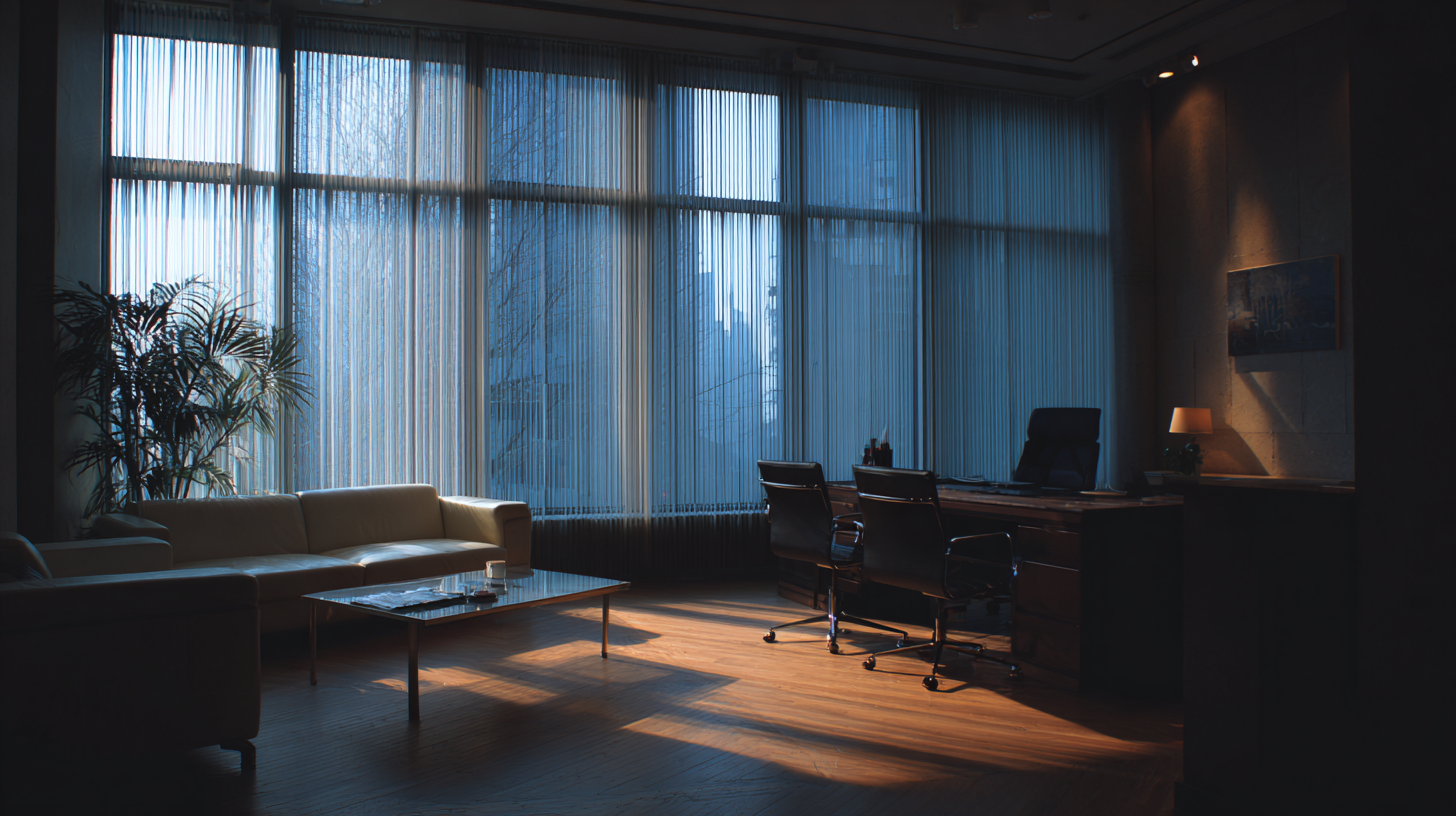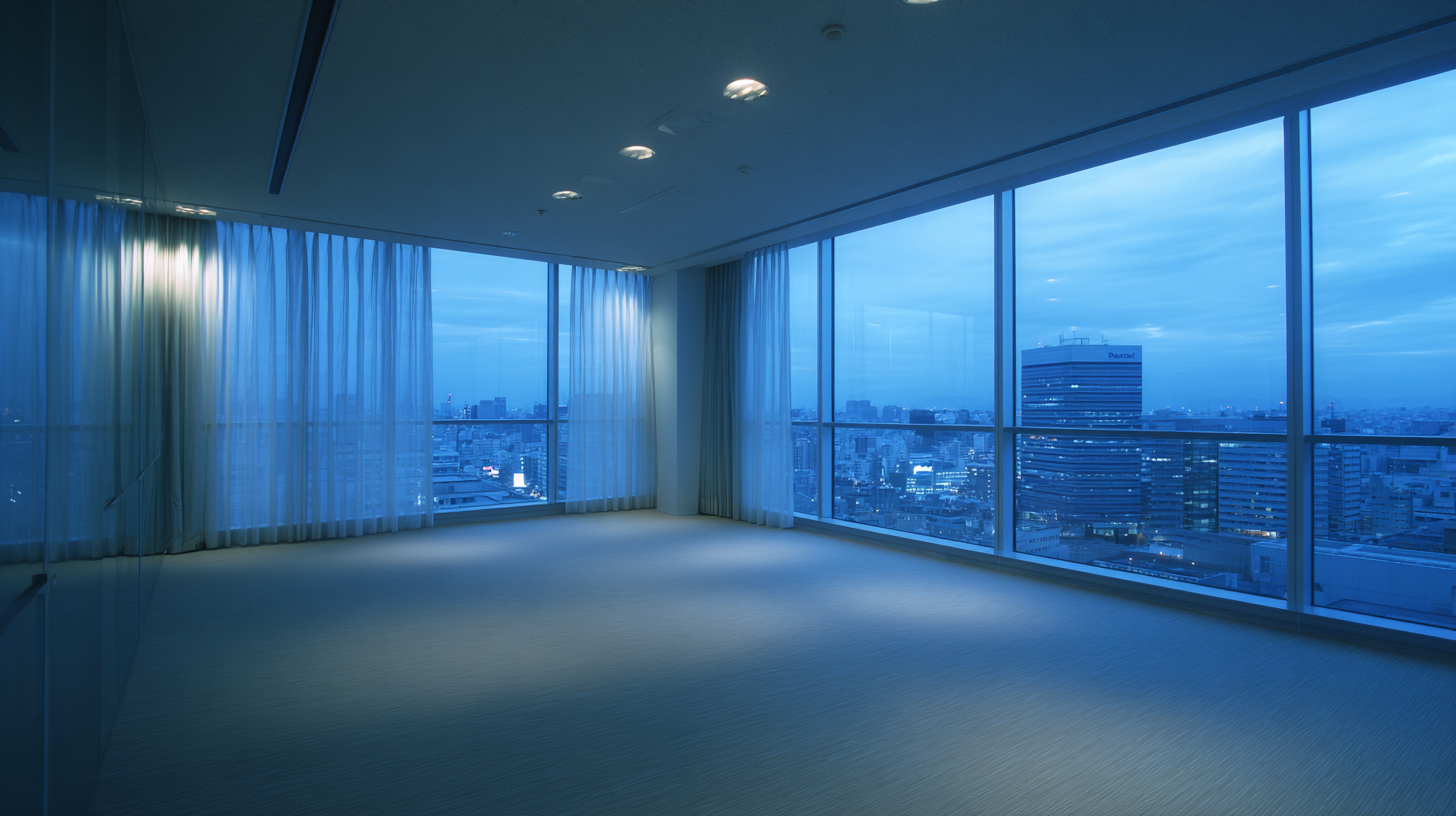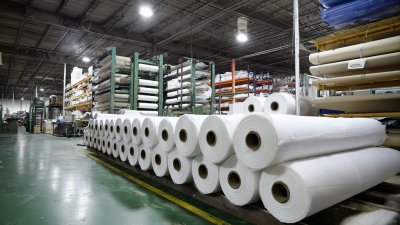Leave Your Message
In today's world, where indoor air quality has become a significant concern, the role of Allgemeine Raumfilter cannot be overstated. As environments become more enclosed and pollutants increase, understanding how these filters operate is crucial for maintaining healthy indoor spaces. Dr. Thomas Richter, a leading expert in indoor air quality management, emphasizes this by stating, "Allgemeine Raumfilter are not just accessories; they are essential components in the fight against airborne contaminants."

The importance of Allgemeine Raumfilter extends beyond mere functionality; they serve as a frontline defense in ensuring that the air we breathe indoors is clean and safe. With advances in technology and a growing awareness of the health impacts associated with poor air quality, the demand for effective filtration solutions has surged. By implementing these filters in residential, commercial, and industrial settings, stakeholders can significantly improve indoor air quality, leading to better health outcomes and enhanced well-being for occupants.
As we delve deeper into the critical aspects of Allgemeine Raumfilter in indoor air quality management, we will explore their various types, applications, and the technology behind them. This exploration will reveal not just their operational mechanics but also their vital role in creating healthy living and working environments in our daily lives.
The Role of Allgemeine Raumfilter in Enhancing Indoor Air Quality
Allgemeine Raumfilter, or general room filters, play a crucial role in improving indoor air quality (IAQ), which is increasingly recognized as a key factor in maintaining health and well-being. According to the World Health Organization (WHO), indoor pollution can contribute to serious health issues, leading to approximately 4.3 million premature deaths annually. These filters effectively capture airborne contaminants, including dust, allergens, and microorganisms, thereby reducing exposure to harmful particles and promoting healthier living environments.
Studies indicate that the implementation of high-efficiency particulate air (HEPA) filters, categorized under Allgemeine Raumfilter, can remove up to 99.97% of particles as small as 0.3 microns. This level of filtration is essential in residential, commercial, and industrial settings, particularly in locations with high foot traffic. Additionally, a report from the U.S. Environmental Protection Agency (EPA) highlights that improving IAQ can lead to productivity gains of up to 10% in office spaces. By investing in quality Allgemeine Raumfilter systems, facilities can not only enhance air quality but also significantly increase the overall well-being of occupants.
This bar chart represents the effectiveness of various types of Allgemeine Raumfilter in improving indoor air quality across different pollutants. The data illustrates the percentage reduction in common indoor air pollutants such as PM2.5, VOCs, CO2, and allergens. This highlights the vital role of air filters in maintaining a healthy indoor environment.
Allgemeine Raumfilter, or general room filters, play a crucial role in managing indoor air quality by effectively removing airborne pollutants. Effective Allgemeine Raumfilter systems incorporate several key features that enhance their performance. Firstly, the filtration efficiency is paramount; these systems should be capable of capturing various particle sizes, including fine dust, allergens, and microorganisms. High-efficiency particulate air (HEPA) filters are often integrated into these systems, providing a reliable means of ensuring that harmful particulates are filtered out of the indoor environment.
Another important feature of effective Allgemeine Raumfilter systems is their air exchange rate. A higher rate of air exchange allows these filters to refresh the indoor air more frequently, diluting contaminants and maintaining healthier indoor air quality. Additionally, noise levels and energy consumption are critical considerations. Optimal designs aim to minimize operational noise while maximizing energy efficiency, ensuring that the filters can be used continuously without causing discomfort or incurring high energy costs. Together, these features contribute to a comprehensive indoor air quality management strategy that prioritizes health and comfort for occupants.
| Feature | Description | Importance | Efficiency Rating |
|---|---|---|---|
| Filtration Efficiency | The ability to remove particulates from the air, including dust, pollen, and smoke. | Affects overall air quality and health of occupants. | 95% |
| Energy Efficiency | The amount of energy consumed relative to the airflow rate. | Reduces operational costs and environmental impact. | Low (<50 W/1000 CFM) |
| Filter Longevity | Duration a filter can efficiently operate before needing replacement. | Fewer replacements lead to reduced waste and lower maintenance costs. | 6-12 months |
| Noise Level | Noise produced during operation, typically measured in decibels (dB). | Impact on occupant comfort and productivity. | < 30 dB |
| User Interface | The ease of using and monitoring the system, including controls and indicators. | Affects user satisfaction and operational efficiency. | Highly rated |
 Implementing Allgemeine Raumfilter, or general room filters, is essential for maintaining high indoor air quality in both homes and offices. The first step in best practices for installation is to assess the specific air quality requirements of the space. For instance, areas with high traffic or various pollutants, such as kitchens or office break rooms, may need filters with higher efficiency ratings. Regularly checking and replacing filters based on manufacturer recommendations is crucial to ensure optimal performance.
Implementing Allgemeine Raumfilter, or general room filters, is essential for maintaining high indoor air quality in both homes and offices. The first step in best practices for installation is to assess the specific air quality requirements of the space. For instance, areas with high traffic or various pollutants, such as kitchens or office break rooms, may need filters with higher efficiency ratings. Regularly checking and replacing filters based on manufacturer recommendations is crucial to ensure optimal performance.
In addition to proper selection and maintenance, integrating air filters into existing HVAC systems can enhance air purification effectiveness. Utilizing advanced filtration technologies, such as HEPA filters or activated carbon, can significantly reduce airborne contaminants, allergens, and odors. Educating occupants about the importance of air quality and encouraging them to practice good habits, such as minimizing indoor pollution from chemicals and ensuring proper ventilation, further contributes to healthier living and working environments. Implementing these best practices not only improves air quality but also promotes overall well-being and productivity in indoor spaces.
Maintaining and caring for Allgemeine Raumfilter is crucial for ensuring optimal indoor air quality. These filters play a vital role in trapping pollutants and allergens, which can significantly affect health and comfort. Regular maintenance not only enhances their efficiency but also prolongs their lifespan. It is essential to check and replace filters according to the manufacturer's recommendations, as a clogged filter can lead to reduced airflow and increased energy consumption.
Tips for Maintaining Your Allgemeine Raumfilter:
By following these maintenance tips, you can ensure that your Allgemeine Raumfilter operates at peak performance, providing cleaner air and a healthier living environment. Regular care not only benefits the filter but also contributes to the overall well-being of everyone in the space.
In the quest for improved indoor air quality, Allgemeine Raumfilter emerges as a viable contender against traditional air quality solutions. Unlike standard air filtration systems, which often focus solely on particulate matter, Allgemeine Raumfilter integrates advanced technologies designed to target a comprehensive range of airborne pollutants. This includes volatile organic compounds (VOCs), allergens, and microbial contaminants, making them particularly effective in various indoor environments such as homes, offices, and healthcare facilities.
When comparing Allgemeine Raumfilter to other solutions like HEPA filters or UV-light air purifiers, it becomes evident that each system has its pros and cons. HEPA filters are renowned for capturing fine particles but may not effectively address chemical pollutants. On the other hand, UV-light purifiers excel in reducing microbial loads but do little against particulate matter. In contrast, Allgemeine Raumfilter's multi-faceted approach enables it to tackle both particulate and gaseous pollutants, providing a more holistic solution for maintaining indoor air quality and ensuring a healthier living environment.






